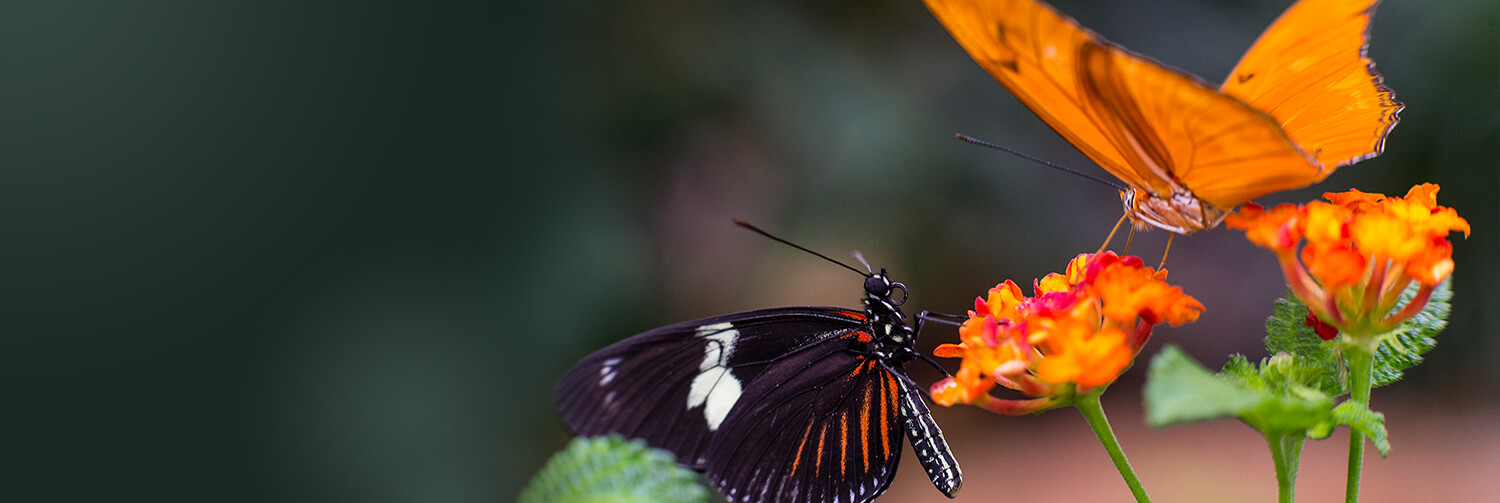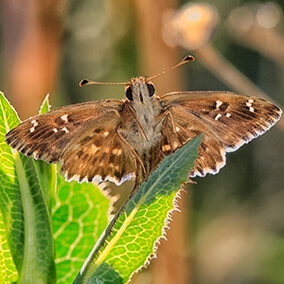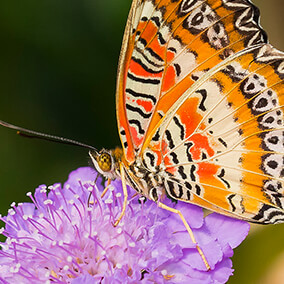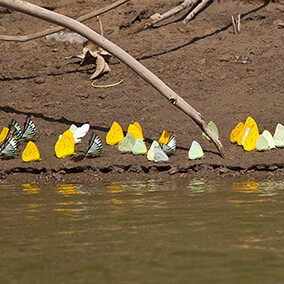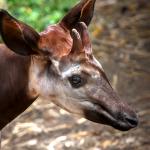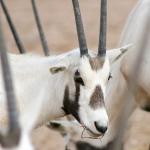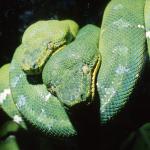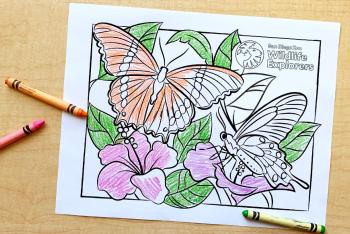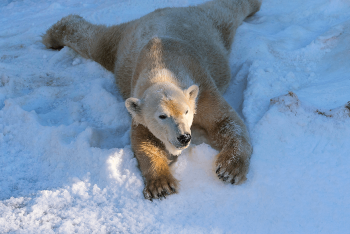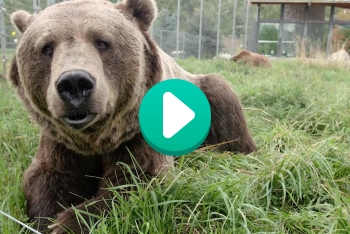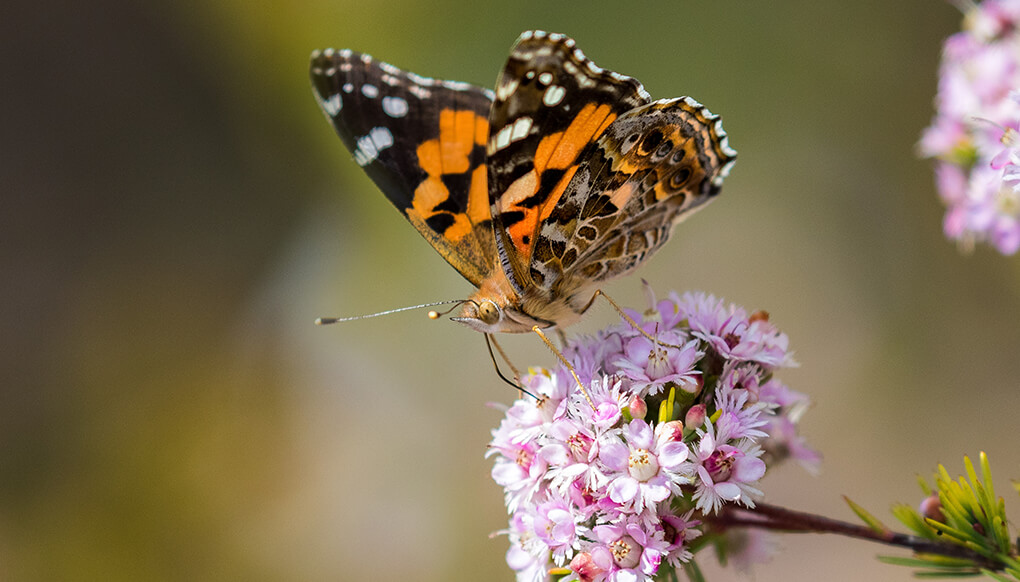
Butterfly

Arthropods


Some Endangered
facts


Caterpillars eat leaves. Butterflies sip nectar and sap from flowers and juices from fruit.

Butterflies are found in every habitat from tropical forests to open grasslands to Arctic tundra and on every continent except Antarctica.
description
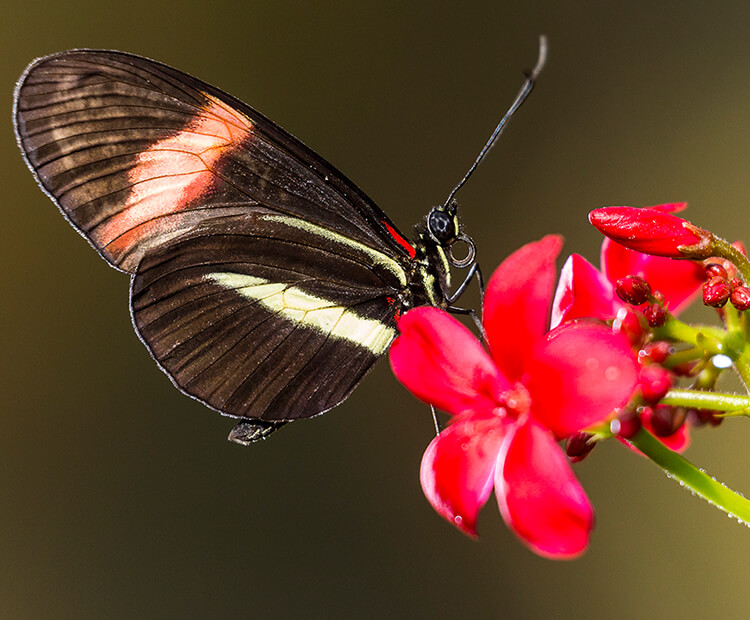
Wonder-full
They taste with their feet and have a suction tube for a mouth. Butterflies are amazing! They are found in every habitat from tropical forests to deserts to grasslands to tundra! You can see them almost anywhere in the world, because they live on every continent except Antarctica. The thing butterflies are best known for is the way they change shape as they grow. It seems like magic!
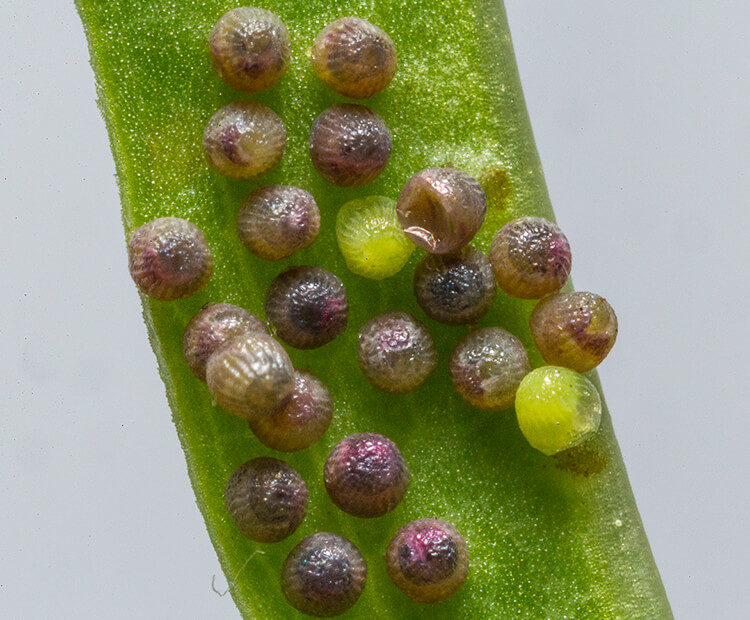
Presto-change-o
One of the most incredible things about butterflies is the way they change from crawling caterpillars into winged beauties. There are 4 steps in becoming a butterfly: egg, caterpillar, pupa, and adult. This process is called metamorphosis, which comes from the Latin words for "changing shape.
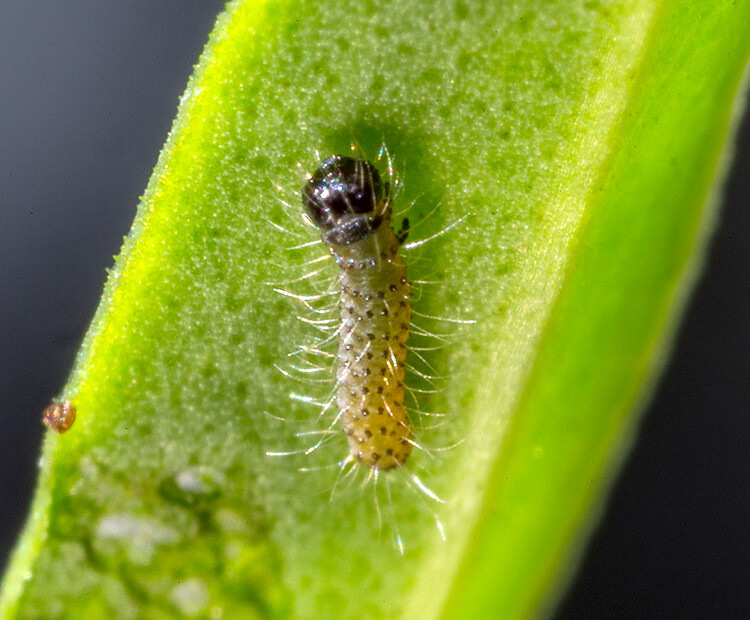
Grow and go
An adult female lays her eggs on a plant. When the egg hatches, a small caterpillar crawls out and eats the eggshell, then it begins eating the plant. Caterpillars are basically munching machines. This is the stage when most of the eating and growing happens.
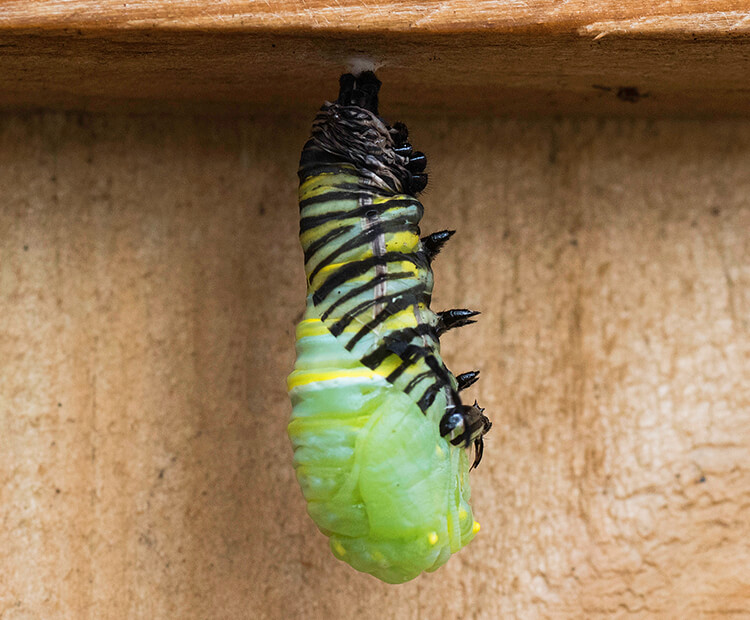
Amazing chrysalis
The caterpillar's insides grow, but not its outside—when it gets too big for its skin, the covering splits and is shed. A new exoskeleton lies underneath. A caterpillar sheds its skin 5 times, then becomes a pupa. The last time the caterpillar sheds, a hard casing called a chrysalis forms around its body.
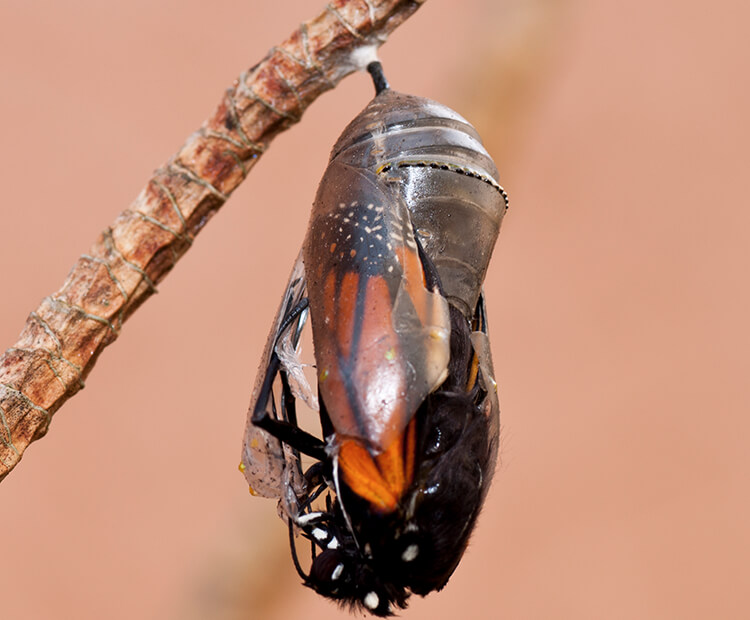
A new beginning
Inside the chrysalis, big changes are happening. The pupa is growing 6 legs, a proboscis, antennae, and wings. After 10 to 15 days, the chrysalis breaks open and a butterfly emerges. At first its wings are wet and crinkled, but after about an hour, they are straight, dry, and strong enough for the butterfly to flutter away.

